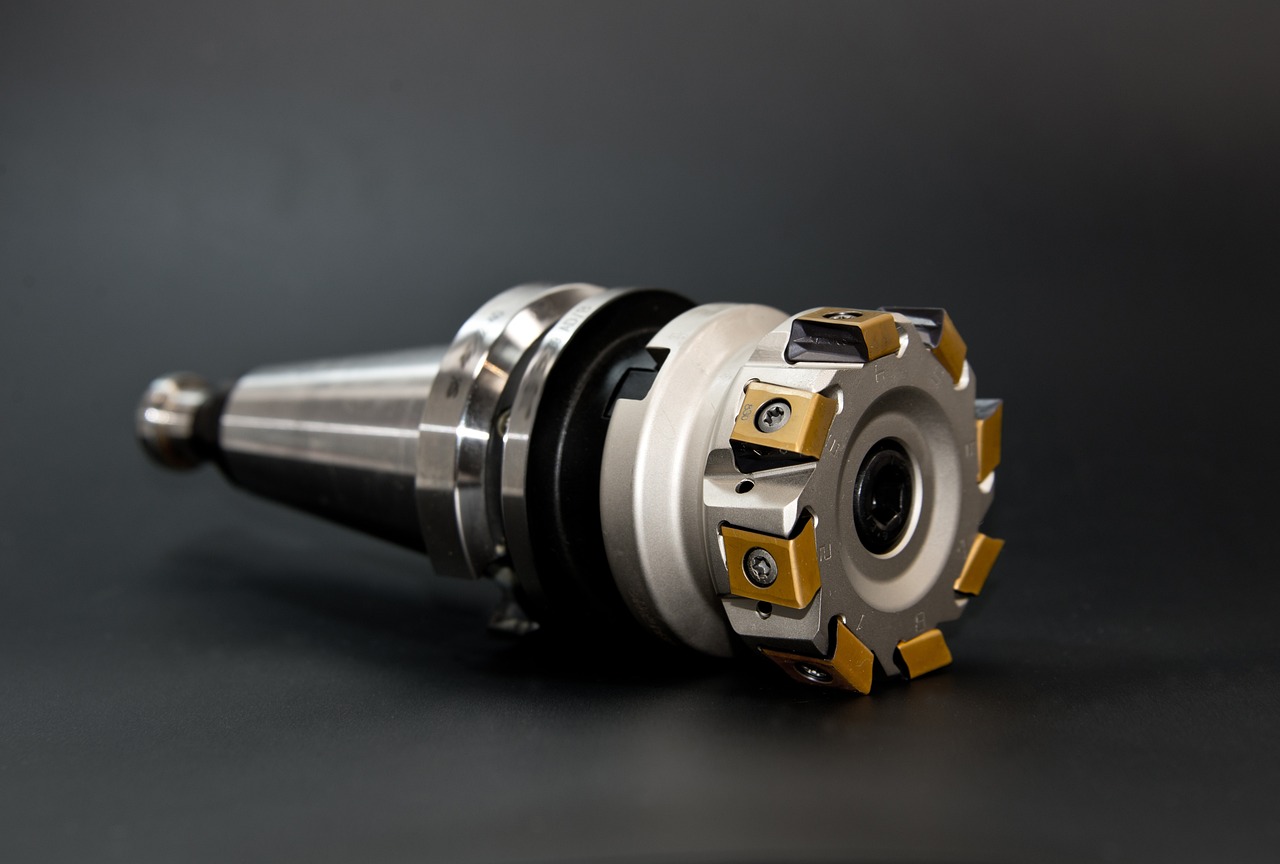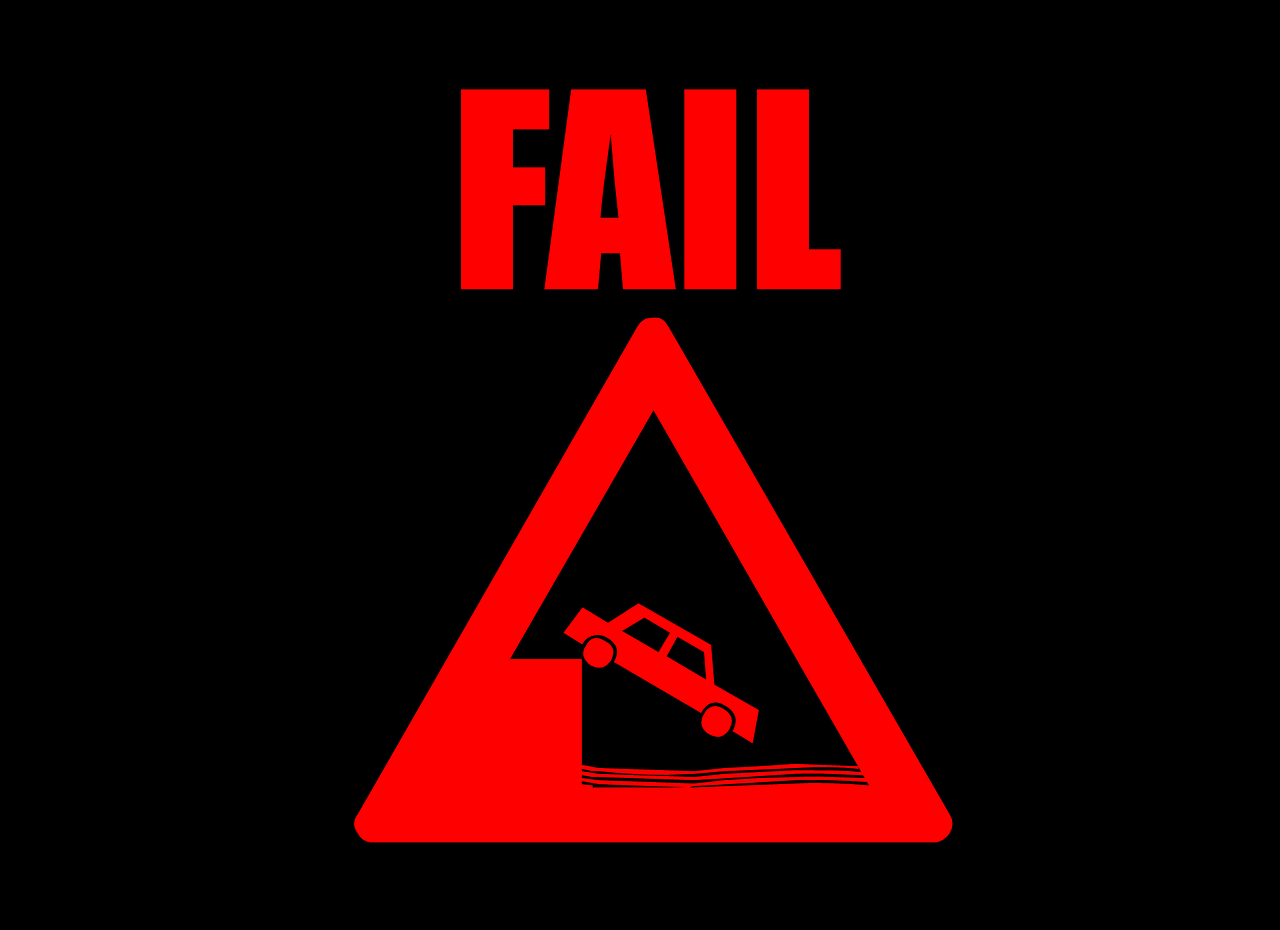The Application of PLC in the Control of Flying Shears
In this paper, the application of PLC (Programmable Logic Controller) in the control of flying shears is discussed. Flying shears are important equipment in metal processing industries, and their performance directly affects the quality of processed products. By using PLC, the control system of flying shears can be optimized, improving the precision and efficiency of cutting operations. Additionally, PLC-based control systems provide better reliability and stability, reducing the risk of machine malfunction and downtime. The paper also introduces the selection of PLC models and their configuration for flying shears control, as well as the implementation of control algorithms using PLC. The study shows that the application of PLC in the control of flying shears can significantly enhance the performance and efficiency of these machines, thereby improving the quality of processed products.
Flying shears are important equipment in many industrial processes, such as metal cutting, paper cutting, and plastic cutting. They are used to cut materials into desired shapes and sizes. In order to ensure the precision and efficiency of the cutting process, it is necessary to use a controller to manage the operation of the flying shears. This is where PLC (Programmable Logic Controller) comes into play.

PLC is a digital computer designed to perform specific tasks, which can be programmed to control the operation of the flying shears. By using PLC, we can precisely control the cutting speed, cutting depth, and other parameters to ensure the quality of the cut material. Additionally, PLC can also monitor the status of the equipment in real time and provide feedback to the operator, which helps to ensure the safe and reliable operation of the equipment.
In the application of PLC in the control of flying shears, several important aspects need to be considered. Firstly, the selection of appropriate PLC model and type is crucial, which should be based on the specific requirements of the cutting process and the operating environment. Secondly, the programming of PLC is essential to ensure that it can correctly control the operation of the flying shears. This programming should be done by experienced professionals who can write code to control the equipment based on the specified task. Finally, the maintenance and troubleshooting of PLC is important to ensure its long-term reliability and performance.

In conclusion, the application of PLC in the control of flying shears can significantly enhance the precision and efficiency of the cutting process. By carefully selecting and programming PLC, we can ensure that the equipment operates safely and reliably, delivering high-quality cut materials for various industrial applications.
Articles related to the knowledge points of this article:
PLC Module Controller: The Heart of Industrial Automation
PLC Controller Prices: A Comprehensive Guide
Title: Memory Considerations for Small PLC Controllers
PLC Controller Selection Guidelines
CNC Controller Modification for PLC
PLC Industrial Controller Debugging Pro: Tips and Tricks for Mastering the Art of Debugging